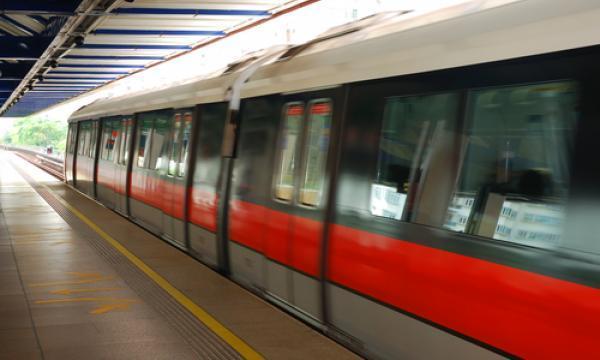
How does a 1.9% fare reduction affect the transport sector?
Guess what operator is more negatively affected.
A reduction of 1.9% in Singapore‟s public transport fares has started 27 December 2015, which apparently also coincides with the launch of train services at the newly commissioned Downtown Line 2 (DTL2). Surely this is not good news for transport operators.
Here's what analysts had to say:
Shekhar Jaiswal, analyst, RHB
The reduction in public transport fares is more negative for SMRT compared to CD. Given the diversified nature of CD‟s revenue base, Singapore bus and train operations account only for 18% and 5% of its total revenue respectively. In contrast, the bus and train operations account for 19% and 53% of SMRT‟s total revenue, respectively.
The negative impact of lower fares on bus operations is only expected to last till Aug 2016, as from Sep 2016, Singapore‟s bus operations will be migrated to the new bus government contracting model (GCM). Under GCM, the bus operators are paid a fixed fee for operating the bus services and the revenue risks are undertaken by the government. Therefore, any subsequent changes to bus fares will have no impact on the operator‟s (aka SMRT and CD‟s) revenue from Singapore bus operations. However, the negative impact from lower fares will be more visible on Singapore‟s train operations, which account or 53% of SMRT‟s total revenue. Unlike bus GCM, even under the new rail financing framework, which is currently applicable only to CD‟s DTL, the operator has to undertake the risk of fare revenue.
Eugene Chua, analyst, OCBC Investment Research
In our view, both public transport operators (PTOs), SMRT and CDG, will be negatively impacted but as a result of the upcoming transition to the new bus GCM in CY16, the impact on both PTOs’ bus segments will be limited. Recall that with the transition to GCM that is expected to commence from 2HCY16, revenue risks of bus operator will be passed on to LTA and any fare adjustments thereafter will have no impact on the PTOs’ revenue.
Comparing the two PTOs, we expect this fare cut to hurt SMRT more than CDG. With diversified revenue base, we estimate CDG’s revenue contributions from rail and bus operations in Singapore to make up only ~5% and 15-20% of its total FY14 revenue. And with the transition to GCM, we expect even minimal impact from this fare cut for CDG but note that DTL2, which is operated by CDG’s 75%-owned subsidiary, commences on the same date as well. On the other hand, for SMRT, most of its FY15 revenue is derived mainly from bus (~19%) and rail (~52%) operations in Singapore. Even though impact on bus segment will be limited by GCM transition, SMRT will still be materially impacted given its large exposure to Singapore’s rail business.
























 Advertise
Advertise










